The meeting took place behind closed doors one September afternoon in San José del Guaviare, the capital of the department of Guaviare, in Colombia’s central-south region.
Five men sat around discussing, surrounded by maps of the department, photos of protected areas and dozens of drawings of Japanese anime characters on sticky notes, side-by-side with information about organized crime groups and dissident guerrilla fighters.
“Most come for specific birds in particular,” muttered Ramón Carrillo, 37, an environmental engineer, bird-watcher and one of the founding members of the Guaviare Bird-watcher’s Association (Grupo de Observadores de Aves del Guaviare, GOAG). He had an easy smile and infectious laughter born from his own jokes.
“Mainly for the manakins and cotingas,” Carrillo added.
“Or the tinamou,” added Axorson Lugo, 41, a bird-watcher and biologist hailing from the department of Tolima who has lived in San José del Guaviare for more than a decade. Formerly part of the bird-watcher’s association in Tolima, today he is a member of the Guaviare branch of the group.
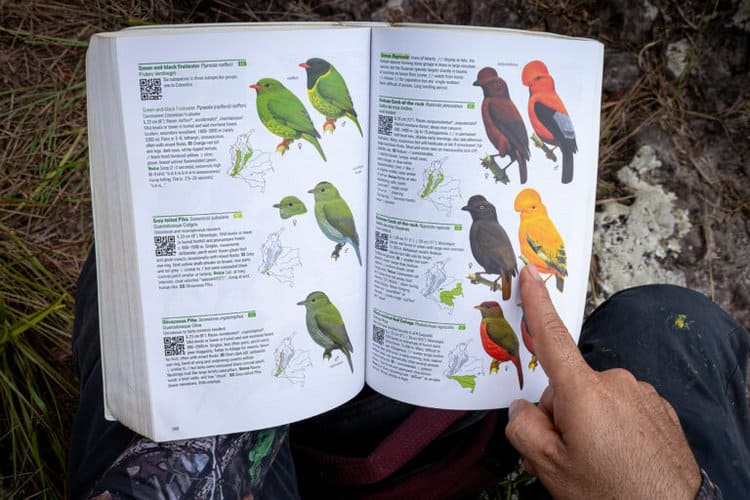
“Then there’s the umbrellabird; also, the ivory-billed aracari …” Carrillo continued, raising his arms.
“I’ve never seen the cotinga, but I’d love to,” interrupted Sebastián Di Doménico, 30, Sony’s Latin American photographer who is also a biologist, herpetologist and budding bird-watcher.
“Toucanets.”
“And pikachu! The woodpecker.”
“The most sought-after for a photo is the jacamar. The white-eared jacamar.”
“The black-capped donacobius.”
“The green-backed trogon.”
“A manakin lek.”
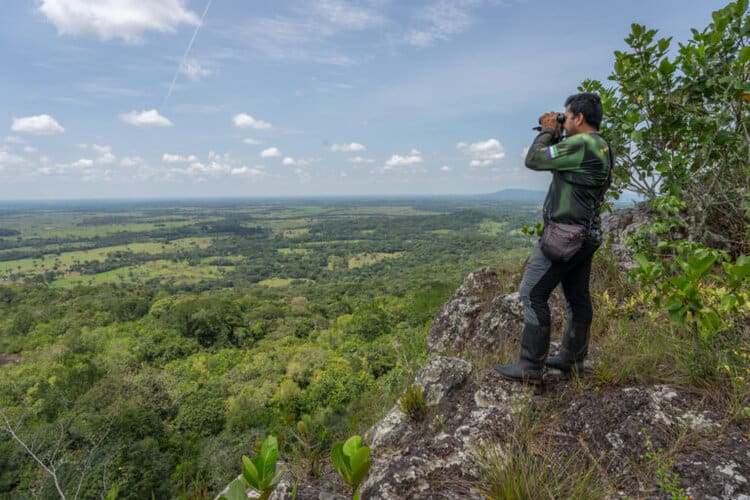
As the three men interjected one after another, the conversation descended into a mix of unfamiliar Latin words with common-sounding words in English and Spanish. The other two men in the room — Jhon Barros, 38, a journalist with the Foundation for Conservation and Sustainable Development (FCDS), an NGO that works on environmental and social issues with rural communities in Colombia; and a reporter, 35, who had previously been on outings with bird-watchers and thought he knew something about the subject — were at a complete loss and stared at the ceiling in silence until they were forced to interrupt.
“The Guianan cock-of-the-rock,” Carrillo said to Di Doménico, before turning to the others.
After an hour and many questions asked, the situation became somewhat clearer. In 2019, GOAG and the FCDS merged their ideas for a community-based tourism project with ones related to bird-watching and applied for funding from the U.S. Agency for International Development’s (USAID) Territories of Opportunity program. They won the bid, and after the end of the pandemic, they published a bird-watching guide for San José del Guaviare and a guide to nonpasserine birds, those that do not have the usual shape of a bluebird or the typical perching bird (i.e., ducks, turkeys, hummingbirds, parrots, eagles, pigeons, etc.), for the entire department of Guaviare. They also evaluated the tourism potential for bird-watchers of about 20 trails and did carrying capacity studies for four of them.
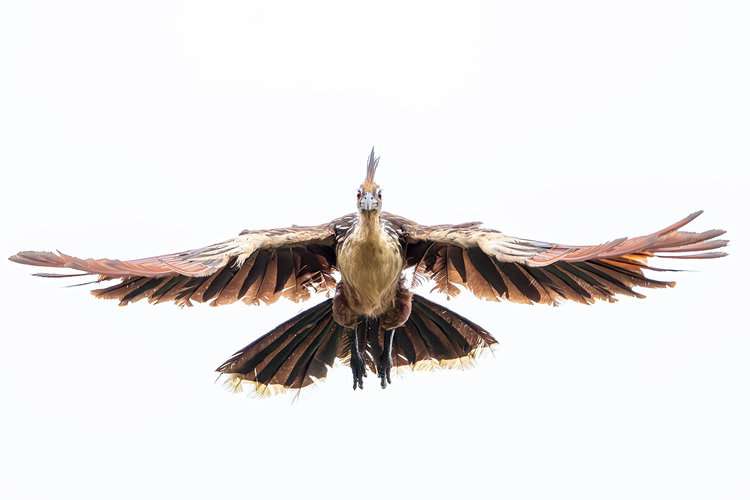
Since most of the trails were located on private farms, the groups approached the landowners with a proposal to work together. As part of the project, the landowners could charge the bird-watchers an entrance fee, thus giving them an economic incentive to maintain the forests surrounding the trails and thereby avoid further deforestation in what has generally been one of the worst-hit departments in Colombia by the issue. Although the initiative does not currently involve huge tracts of land, the plan can serve as a road map for future conservation projects in Guaviare.
The plan for the next few days was to go to two of the trails in order to understand the economic and environmental possibilities of bird-watching in Guaviare. “It [birdwatching] is still in its infancy here,” Barros said. Our mission was to find and photograph the male Guianan cock-of-the-rock (Rupicola rupicola), a bird with fiery orange plumage and a prominent crest of the same color, as well as the male Pipra filicauda, or wire-tailed manakin, a small bird with a black back, lemon-yellow breast and raspberry crown and neck, famous for dancing for females by wagging its tail filaments. They are the most popular birds among tourists, and it would take a few hours on each trail to find them.
“The birds here are conchudos [shameless or brazen]. There is no hunting pressure. You can get within a couple of meters of them,” Carrillo said, confidently. Lugo dodged his gaze and shrugged his shoulders.
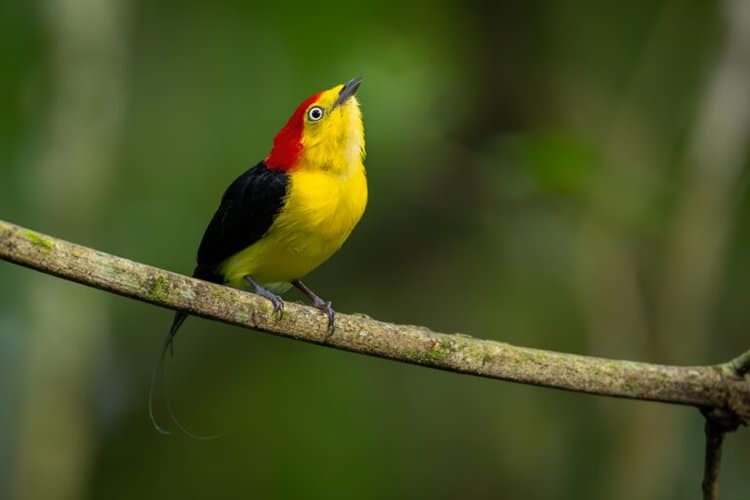
The feathered tribe
Bird-watching is an activity whose roots lie, in part, in Victorian bird collecting in countries like England. Previously, instead of observing birds with binoculars or taking pictures of them, they were shot. Since there were no reliable instruments with which to view them from a distance, people would kill them and then study them, dissect them and mount them in dioramas for museums or personal collections. As John James Audubon, an American artist known as that country’s first ornithologist, wrote: “I shot, I drew, I looked on nature only.” The drive to trade the shotgun for another instrument is a recent one, as Stephen Moss recounts in A Bird in the Bush: A Social History of Birdwatching. It was not until the late 19th century that those who killed birds, captured them or stole their eggs for their oological or egg collections began to be condemned on a regular basis.
Photographs and lists — hallmarks of a birdwatcher — finally replaced physical collections only about 100 years ago. Back then, lists were recorded in notebooks, notepads, guidebooks, books and memory. Today, they can be found in Excel documents, eBird (a Cornell Lab of Ornithology database that has become the world’s largest citizen science project) and other electronic tools. Everyone has their own way of doing it (and, as with everything, some are reluctant to abandon pen and paper). There are lists for the day’s sightings, for those on Global Big Day — an annual event promoted by the people in charge of eBird — on October Big Day and lists based on time periods (the week, month, year), geographical areas (the area, country, continent) and lists for goals and ambitions (birds seen over one’s lifetime; birds one hasn’t yet seen or would like to see). Axorson Lugo, for example, dreams of seeing the Guatemalan quetzal (Pharomachrus mocinno) and the roadrunner (Geococcyx californianus). It is a pursuit that brings together collecting, memory, nostalgia, science and longing.
According to insiders — in this case, the members of the tribe themselves — there are at least four types of bird-watchers. There are the hardcore birdwatchers, who want to go out looking for birds all day and all night, and who arrive at any given location with a list of the species they want to see or even send ahead of time those they have yet to add to their collection via eBird. And there are the softcore birdwatchers, who have lists of their own but who, nevertheless, will not miss the opportunity to make other tourist plans when they arrive at their destination. Then there are the amateurs or beginners, people who have only recently discovered a love of birds; and finally, the photographers, a group that often cuts across all the others. They are the most difficult, for not only do they want to see attractive bird species, rare or not, but they also want the birds to pose for them. They need the birds, but also days of good light and perfect weather.
The taxonomy is not unique, but it must be taken into account, as the fate of billions of dollars and the tourism possibilities of places like San José del Guaviare, Colombia, partly depend on it. Bird-watching is one of the fastest-growing travel industries in the world, with around 3 million trips a year made in pursuit of birds. According to a recent analysis by Future Market Insights, a U.S. consulting firm, the value of the bird-watching market reached $59.7 billion in 2022, more than twice the gross domestic product of a country like El Salvador, and is on track to exceed $100 billion by 2032. The United States alone, the country that provides the largest number of visitors to Colombia each year, is a market worth more than $39 billion involving nearly 45 million people. There are no reliable worldwide statistics, but it is known that the phenomenon has grown, especially since the pandemic, based on the records of sightings on platforms such as eBird.

Colombia has been trying to attract this tribe of bird-watchers for around 20 years. Records from 2023 show that the country has the largest number of bird species in the world, numbering at least 1,966 species, almost 20% of all recorded species on Earth. Of these, at least 83 are resident endemic species, meaning they cannot be found anywhere else. A 2018 study found that, following the peace deal with FARC guerrillas, bird-watching tourism has the potential to create more than 7,500 jobs and contribute $9 million to the economy. Colombia is, theoretically, a bird-watcher’s heaven.
In Guaviare, only now are concerted efforts being made to invest in the sector, despite the fact that the department is home to more than 680 species, a number that, for comparison, is more than half of all those that exist in the United States. In San José, only a couple of agencies are dedicated to specialized tours. This is due to several difficulties, one of them being that Guaviare has no endemic species of its own or birds that are found only there. “I wouldn’t go to Guaviare for one [single] species,” said Guillermo Gómez, one of Colombia’s leading nature photographers. All of the bird species in Guaviare can also be found in other departments of the country, which often don’t have the bad reputation problems of violence that Guaviare has.
Guaviare, however, also has its advantages, Goméz stressed, saying it is very easy to see wildlife up close and, unlike other regions, the birds have a very calm attitude. In theory, you see a lot of different species in just a couple of days, including some of those that are most attractive to photographers.
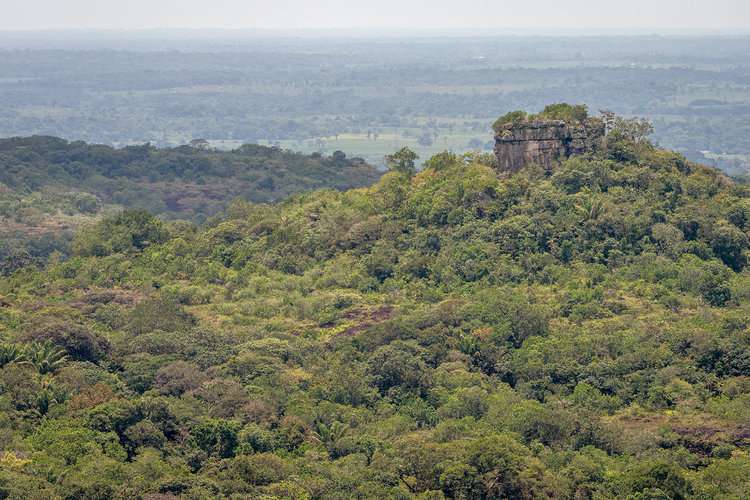
The fire in the forest
One early morning in September, five of us crammed into Ramón Carrillo’s dusty old maroon Jeep, setting off from San José del Guaviare in the direction of Villa Marcela, in the village of La Pizarra. Villa Marcela, a 200-hectare (494-acre) farm whose owner later converted it into a reserve, served as one of the bases for a 2018 study carried out by the Field Museum of Chicago, one of the most important natural history museums in the world, with the help of FDCS and other organizations on the geological, ecological and social characteristics of several areas of Guaviare. The following year, GOAG and FDCS chose a trail on the farm, several kilometers long with jungle scenery and, most importantly, a Guianan cock-of-the-rock lek. A lek (a word of Swedish origin with no exact translation) is an arena in which the males of certain bird species perform to attract females. In the case of the cock-of-the-rock, the males hide the black feathers of their wings and tail and puff themselves up and jump on the ground showing off their outrageous ember-colored plumage.
We continued along a reddish dirt road as Carrillo reminisced about his early days as a bird-watcher. Like almost all of the 13 current GOAG members, Carrillo came to bird-watching thanks to Parques Nacionales, the Colombian national parks authority, and the happy whim of a mother. Around 2009, Lourdes Peñuela, the director of Fundación Verde, a conservation NGO, visited Playa Güio, an area near San José del Guaviare where, years later, another of the birding trails identified by the GOAG would be located. Peñuela was surprised by the number of birds. Her daughter, Natalia Ocampo, today one of the country’s most important ornithologists, was a bird-watcher. Peñuela approached the National Training Service (SENA), a government entity dedicated to free technical and technological training, with the idea of organizing a course in the area, and the SENA subsequently hired a biologist from Parques Nacionales as a teacher.
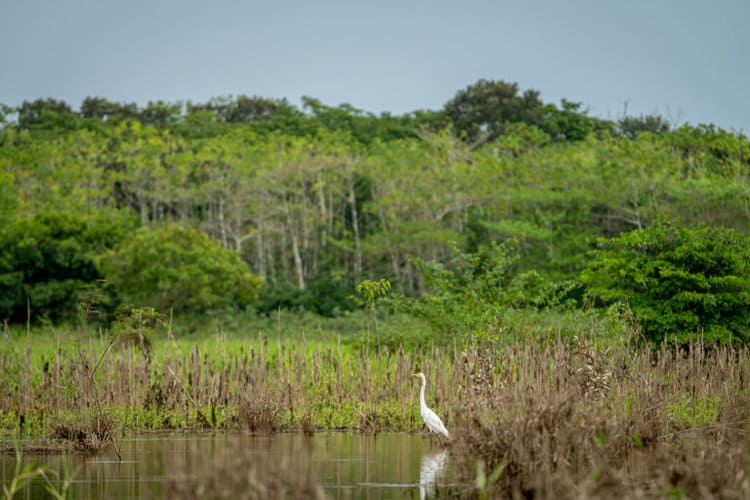
The course was held in 2009. The teacher began by inviting the students to make inventories. They learned to identify birds by their songs and by minute differences in the different feathers that make up the birds’ winds, such as their flight feathers, covert feathers, scapular feathers, and alula feathers. On weekends, they traveled to remote areas in search of lifers — the word used by bird-watchers to denote the individuals of bird species they have seen for the first time — and marked them in their field guides. This is where the GOAG was born.
The group gradually grew, attracting new members who mainly came from the field of biology but also others, such as an electrical engineer. In 2013, they organized the national ornithology meeting. Almost 150 people attended and, with the profits they made, bought four binoculars and two cameras and borrowed two bird-watching guides from Fundación ProAves, the main NGO for bird-watchers in Colombia. It is also where Carrillo and Lugo — who came to San José after fleeing from violence in Tolima — met. At one time, they went out birding every Saturday. Today, they go out once a month, Carrillo said, as we turned down the driveway toward Villa Marcela.
Our jeep pulled up by the farmhouse of Villa Marcela. Colorful murals featuring a number of different birds adorned the walls of the house. In front, waiting for us, binoculars in hand, was Wilmer Ramírez, 34, a specialist in environmental resource management and tour guide who has been president of GOAG for a number of years. With an unemotional face, he is known by Wikipedia for his knowledge of birds. He grew up in Guaviare but was not attracted to birds until the SENA course. Ramírez had grown up in the countryside, so he didn’t think they could teach him much; however, in the course, he discovered dozens of different species that he had thought were the same, and his world was changed. Upon our arrival, he told us he had just seen a Pteroglossus azara, or the Ivory-billed aracari, a toucanet with a serrated-looking bill, he said rather matter-of-factly.
After a short time, we set off into the bush. We crossed a pasture where cattle were grazing and arrived at the entrance to the forest. The three bird-watchers were carrying suitcases and fanny packs packed with the essentials. These included bird-watching guides with the scientific names of the birds in Latin (a number of guides are available, with each bird-watcher having his or her own preference), specialized cameras with magnification for birdwatchers (Canon Powershot 65X, Nikon P1000), binoculars (Nikon 8×42, Vortex Diamondback 8×42) and their cellphones, which were equipped with apps such as eBird and Merlin Bird ID, an application from the same Cornell group, which helps identify birds by their shapes, colors and distribution. Merlin also serves as a sort of Shazam for birds: It recognizes their calls and songs and, in turn, allows bird-watchers to use the playback option to attract birds with the voices of their species.

We stopped in a clearing with rocky ground to listen to the birds.
“That’s a bright-rumped attila [Attila spadiceus] singing,” Ramírez said. He fell silent, then mentioned several species that he could also identify by their chirps.
His ability to recognize and identify bird calls was reminiscent of a musician who is able to identify each instrument in a symphony. There were sounds like guffaws, whistles, hisses, giggles, farts, moans, whimpers, whines, rattles, violins, shattering glass, flutes, whistles, sneezes. Paying attention to the birdsong was like taking off a pair of headphones. “Bird-watching is a three-way relationship between the birds, the light and the observer,” wrote British naturalist and writer Mark Cocker, in his book Birders: Tales of a Tribe. He should also have added the fourth point of sound to the relationship.
There was silence, followed by new sounds.
“And what’s that, singing now?” the others asked Ramírez.
“Those are monkeys,” he said.
Ramirez and Carrillo also had their own sounds. Sometimes they used Merlin’s playback to attract the birds they had identified. At other times, they imitated the song of the ferruginous pygmy owl (Glaucidium brasilianum), one of the top predators in the area — a high-pitched uh, uh, uh — or the call of a chick in distress, which sounds like an attempt at whistling from someone who doesn’t know how to whistle, to arouse the curiosity of nearby birds.
After Di Doménico took photos, we continued on our way, our gaze fixed on the canopy. Upon passing a small hollow in the trail, the bird-watchers suddenly stopped. Right in the middle of the trail, a coiled-up common lancehead (Bothrops atrox) was looking straight at us. A bite from this venomous viper would have, at best, sent us to the hospital. Carrillo’s bootprint had been marked about 20 centimeters (8 inches) from the snake. Domenico pulled out the flash and took a picture of it before shooing it away.
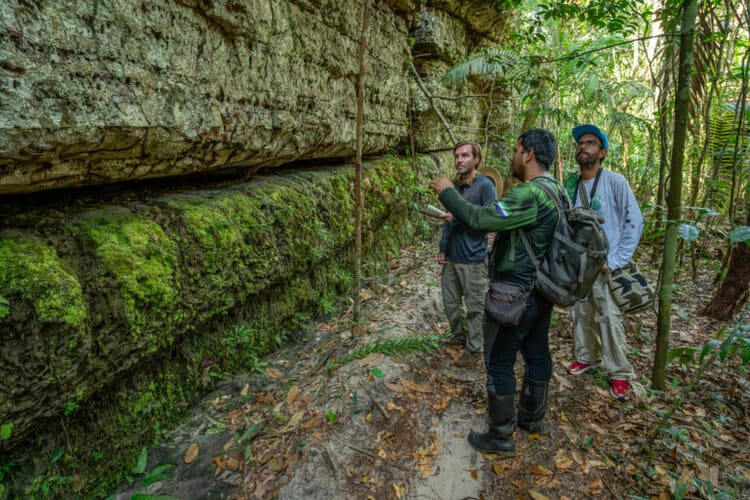
In the forest, creepers grew amid a labyrinth of stones of the Araracuara formation, a geological unit of sedimentary Paleozoic rocks that appeared scattered among palms and trees. The path was flanked by walls covered with mosses, ferns, lichens, bromeliads and roots, while fungi species fed on the trunks of fallen trees. Occasionally, the leaves higher up in the foliage were stirred by the movement of a bird. Less birdsong could be heard than in the clearing. The light filtered laboriously through the canopy and reached our feet with green glimpses.
“What sound is that now?” one of the bird-watchers asked.
“Cicadas [Cicadoidea],” Ramírez answered.
We walked about 45 minutes to the area where the cock-of-the-rock usually appeared. Ahead, in an opening between the stone walls, Carrillo and Lugo were telling jokes and laughing loudly. Farther back, Ramírez watched the treetops. Carrillo pulled out his cellphone and played the bird’s call. He continued talking loudly while Ramirez remained silent.
“This is where the cock-of-the-rock used to come,” Ramírez said after a while, with an air of resignation. He explained that the trail was not only used by bird-watchers; rather, the owner of the land, Shirley Mejía, charged 28,000 pesos ($7.07) to tourists and locals alike for entry to the area. This has meant that the forest has been preserved but has also seen families come with their pets, which is a surefire way to scare off the birds, Ramírez explained. “So many people come here to just sit down and talk …”
“Come! Come!” Carrillo suddenly shouted.
Crouching down, he pointed his camera at an orange dot in the middle of the branches beyond the rocks. Two cock-of-the-rock chicks were searching for the source of the song amid a tangle of leaves. For a couple of minutes, we watched their movements through cameras and binoculars. At one point, a beam illuminated the topknot of one of them: It looked like a fan of fire surrounded by a maroon line.
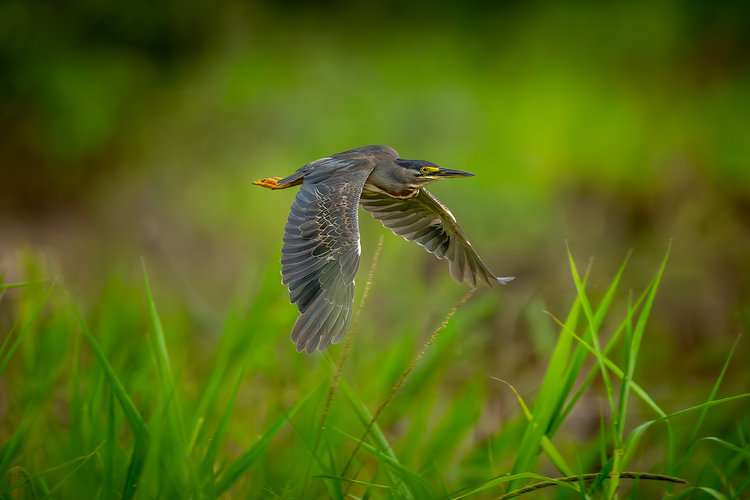
A red dot
The next morning, the same five men crossed a bridge near the lagoons that flow into the Guaviare River, just over 20 minutes from San José. Dozens of oropendolas were eating the fruits of a yarumo tree. One of them approached to give a piece of fruit to a chick that looked like an adult. Carrillo pointed it out, shaking his head.
“Hey, but this one is more than 35 years old and living with his parents. He’s a parasite,” he said with a chuckle that soon took hold of Lugo.
A few meters from the beginning of the Buenavista trail, another of the trails marked by the GOAG and the FCDS, Wilmer Ramírez waited for the group in absolute silence with his wife, Diana Lucena Gavilán — Diana Hawk, as one tourist called her — a 39-year-old geographer from the University of Cauca. A tinamou, a brown bird shaped like a hen that was rarely seen, could be heard singing not far away. Other sounds could also be heard.
“What was that?” someone asked.
“That was the turquoise tanager [Tangara mexicana],” Ramírez said in his customary flat tone.
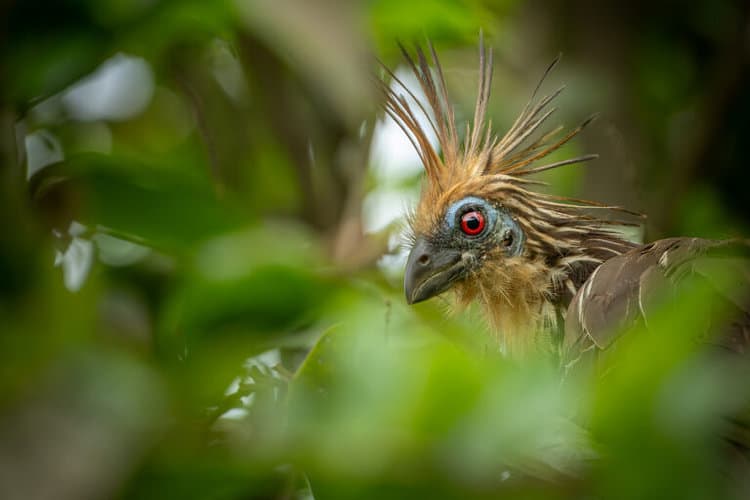
It was Ramírez who opened up the world of birds to Lucena Gavilán. They both worked with Parques Nacionales. On Global Big Day in 2017, she asked him to accompany her on the count. They continued to go out bird-watching from time to time and, on Love and Friendship Day that year, he proposed to her. She didn’t expect it, but they fell in love soon after. They continued to go bird-watching, got married and bought a farm they called Vida Feliz — Happy Life. During the pandemic, he watched birds from his bed.
In 2021, they created Happy Life, a travel agency specializing in bird-watching. It took them awhile to get it up and running, but the first few months of this year were packed, with visits from many foreigners and Colombian groups. They have tried to organize a bird-watching fair, but nobody in the government “has copied,” he said. In March, they themselves organized a trip to which they invited some of the main nature-focused tourism agencies in the country, touring some of GOAG’s chosen trails with them.
“The white-eared jacamar [Galbalcyrhynchus leucotis],” Ramírez said, pointing to a kingfisher-like bird in a tree at the trail entrance. “It’s one of the targets; this is the best place in the country to see it.”
While the obligatory photos were being taken, a Mexican documentary film crew passed us. They were also coming to see the courtship dance of the wire-tailed manakin. We let them go ahead of us and took a break in an abandoned wooden house next to the road. Shortly after, we entered a forest filled with a great variety of trees, such as the caimito (Chrysophyllum cainito), vara santa (Triplaris americana), guamo (Inga spuria), ceiba (Malvaceae family), yarumo (Cecropia peltata) and palma de sejes (Oenocarpus bataua).
We walked for several hours under an enclosed canopy interspersed with gaps on either side of the trail that allowed us to see the canopy and branches, while the bird-watchers reeled off the names of the birds that perched on them: the great antshrike (Taraba major), “because of its red eyes,” the white-bearded hermit hummingbird (Phaethornis hispidus) and the pink-throated becard (Pachyramphus minor). Enormous tabby, orange, maroon, brown, white and morpho butterflies flew irregularly under the leaves. Next to the wire-tailed manakin lek, the documentarians waited impatiently. Carrillo and Lugo laughed and chatted among themselves while Ramírez and Lucena Gavilán advanced, imitating a chick in danger. A honey bear suddenly climbed a tree. A collared trogon (Trogon collaris), a relative of the quetzal that Lugo one day hopes to see, perched on a branch a few meters away. In just the two days of the trip, the group was able to see nearly a hundred bird species, according to Ramírez’s lists.
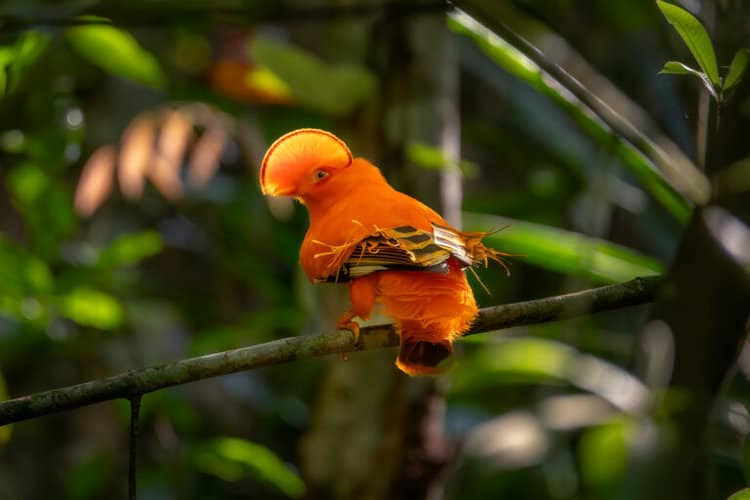
On our way back, weary from the walk, we picked up the pace to escape the mosquitos. Carrillo went ahead, toward the manakin’s lek. The documentary film crew had already left. It was almost noon, at which time the birds tend to hide away to escape the heat of the day.
Carrillo made his way noisily through the trees, swatting away the mosquitos as he did so. Next to a horizontal branch about 10 meters (33 feet) from the path, he took out his cellphone and played the manakin’s song at full volume, letting out an anguished squawk that seemed to demand the presence of the other.
A red dot moved through the foliage.
What you can do
Help to save wildlife by donating as little as $1 – It only takes a minute.
This article by Santiago Wills was first published by Mongabay.com on 15 December 2023 | Translated by Matthew Rose. Lead Image: A Guianan cock-of-the-rock (Rupicola rupícola), one of Guaviare’s most sought-after bird species. It inhabits the rocky walls of the Lindosa mountain range. Image by Sebastián Di Doménico.
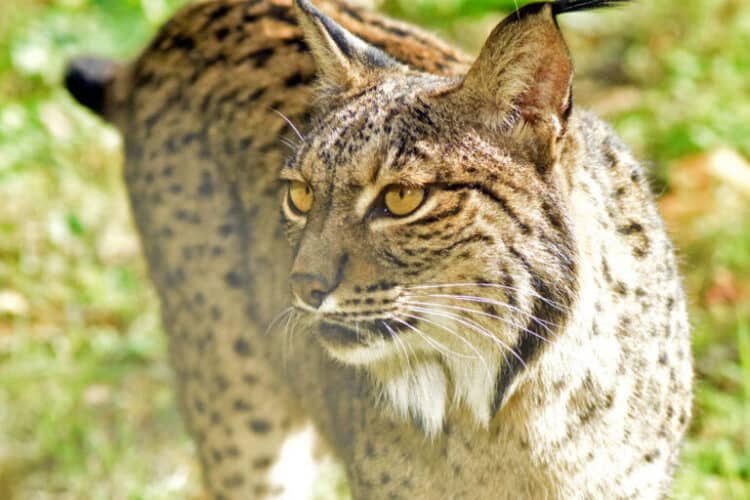
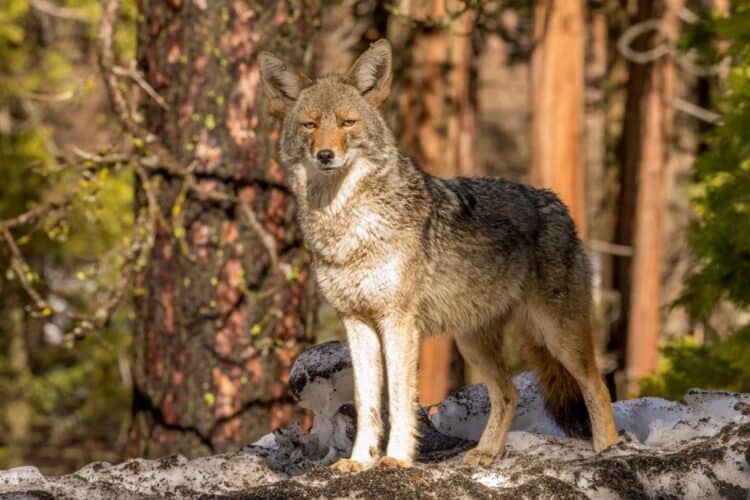
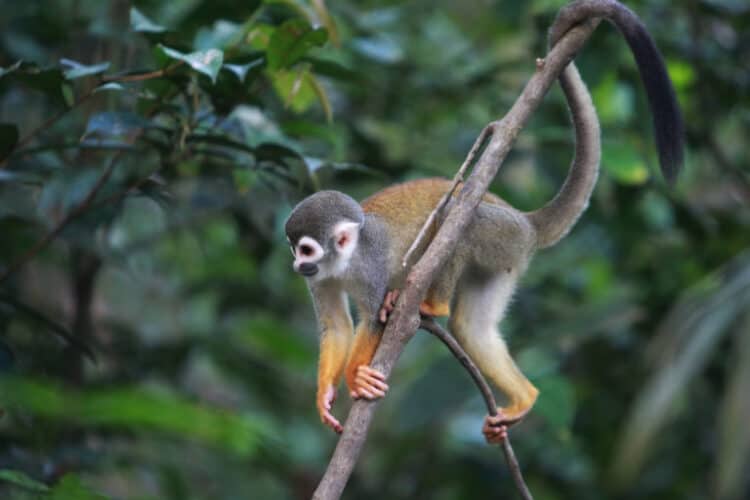
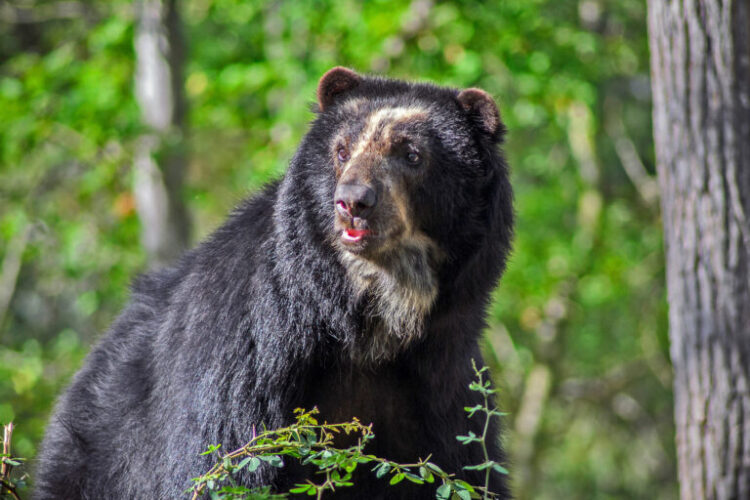
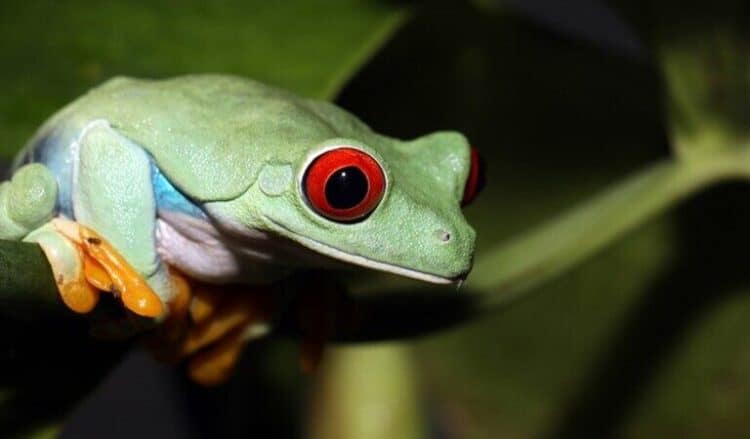
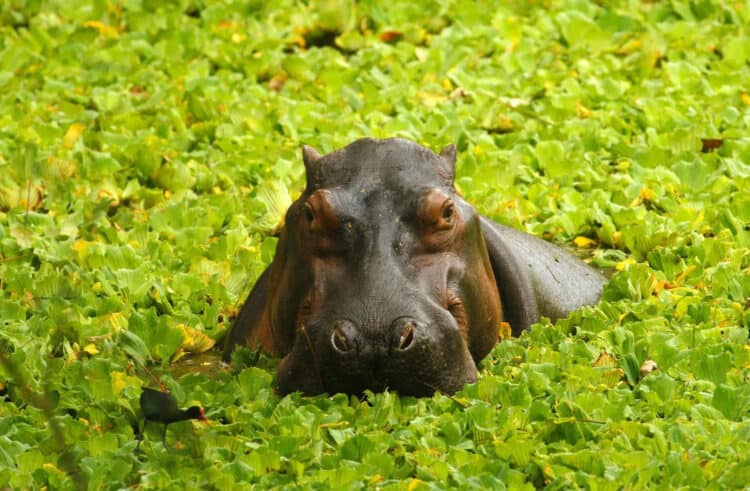
Leave a Reply